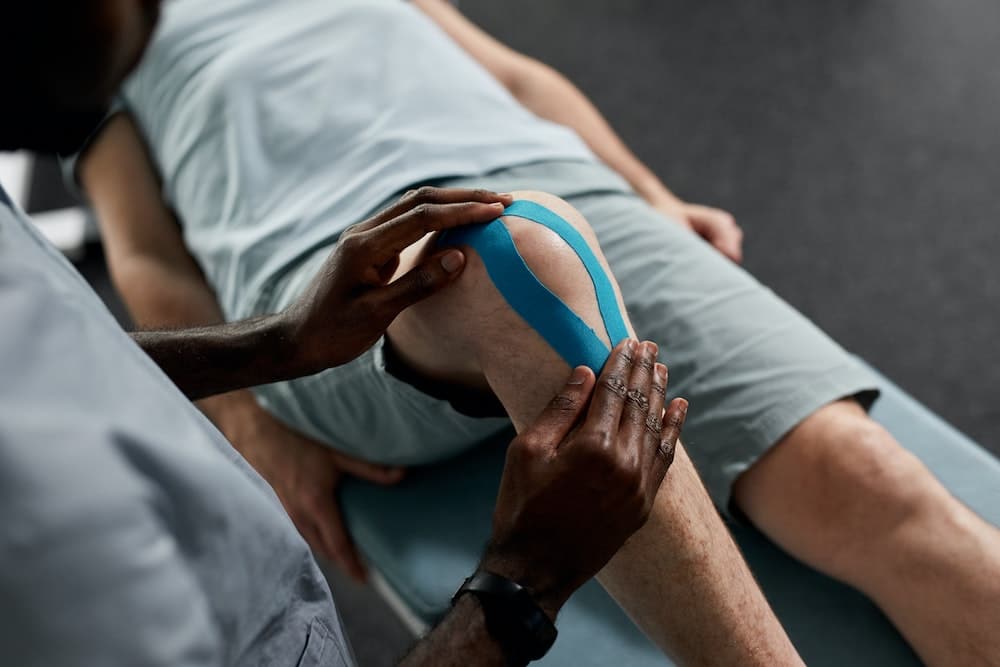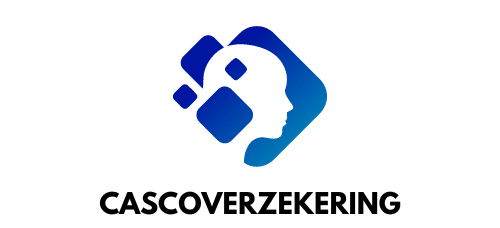What Are the Most Effective Recovery Modalities for Post-Concussion Syndrome in Athletes?

A concussion, a type of traumatic brain injury, is a serious concern for athletes. It can result from a blow to the head or body that causes the head and brain to move rapidly back and forth. The resultant brain damage can lead to multiple symptoms that may persist for weeks or even longer. This is known as post-concussion syndrome. But the question remains, what are the most effective recovery modalities for post-concussion syndrome in athletes? This article aims to elucidate this, using data from reliable sources like Google Scholar, PubMed, Med, and other clinical studies.
Recognizing the Symptoms of Concussion
Understanding the symptoms of concussion is the first step towards effective treatment. Concussion symptoms vary between individuals, depending on the severity of the injury and the specific area of the brain affected. The most common symptoms include headache, confusion, lack of coordination, memory loss, nausea, vomiting, dizziness, ringing in the ears, sleepiness, and excessive fatigue.
Also read : What’s the Most Effective Way to Teach Ball Handling Skills to Junior Netball Players?
Cognitive symptoms of concussion, such as difficulty remembering and concentrating, can also occur. Emotional and mood-related symptoms such as irritability, depression, emotional volatility, and even personality changes can also be part of the post-concussion syndrome.
In some cases, these symptoms may not appear immediately after the injury. Some may only begin to notice problems a few days or a week after the incident. Therefore, it’s crucial for athletes and their support group to continuously monitor their condition following a head injury.
This might interest you : What Are the Best Strength Building Exercises for Competitive Cheer Stunting?
The Importance of Immediate Treatment
When a concussion is suspected, it is of the utmost importance that the athlete receives immediate medical attention. Initial treatment focuses on ensuring the patient’s brain receives enough blood and oxygen to avoid further injury. Rest is often the most prescribed initial treatment, with the athlete instructed to gradually return to their normal activities only when acute symptoms have resolved.
Over the past few years, there has been a shift in thinking about the most suitable recovery modalities for post-concussion syndrome. A 2018 study published on PubMed suggests that while rest is essential, complete physical and cognitive rest may not be beneficial in the long term.
Cognitive Therapy and Exercise in Recovery
Cognitive therapy and graded exercise therapy are among the most recommended approaches to post-concussion treatment. Cognitive therapy helps athletes understand their symptoms, teaching them strategies to improve cognitive function and manage symptoms. This therapy has been shown to reduce anxiety and depression symptoms, improve mood, and increase one’s sense of control over their symptoms.
Exercise, on the other hand, plays a significant role in the recovery process. A study published in Med revealed that low-impact activities such as walking, swimming, and cycling could help improve symptoms and speed up recovery. The key is to start slowly and gradually increase the intensity and duration of the exercise without exacerbating symptoms.
Role of Group Activities in Post-Concussion Recovery
Group activities, whether they’re support groups or group therapy, can play a valuable role in post-concussion recovery. Being part of a group not only provides a support system but also allows athletes to learn from the experiences of others who have gone through the same ordeal.
Group activities can include guided physical activity, motivational talks, and cognitive exercises. A study published in Google Scholar highlighted the positive effect of group activities in reducing symptoms and improving the quality of life of individuals with post-concussion syndrome.
Clinical Interventions for Post-Concussion Syndrome
Clinical interventions are vital in managing post-concussion symptoms and aiding in recovery. Many clinical treatment plans are multidisciplinary, involving a team of healthcare professionals including a neurologist, physical therapist, occupational therapist, and a psychologist.
Medications may be used to manage specific symptoms such as headaches, sleep problems, and mood disorders. However, the majority of treatment involves non-pharmacological interventions, including physical therapy, cognitive therapy, and other therapeutic activities.
In conclusion, recovery from post-concussion syndrome involves a comprehensive approach, including immediate medical attention, adequate rest, cognitive therapy, exercise, group activities, and clinical interventions. The ultimate goal is to help athletes return to their normal life and sports activities safely. And remember, each case is unique – what works for one person might not work for another. Therefore, treatment plans are often tailored to the individual’s specific symptoms and needs.
Aerobic Exercise as a Recovery Modality
Aerobic exercise is a critical component in the recovery journey of athletes with post-concussion syndrome. According to a study cited in Sports Med, endurance exercises not only enhance physical fitness but also improve cognitive function and emotional health post-concussion.
The process of reintroducing exercise post-injury should be gradual and closely monitored by healthcare professionals. The aim is to increase heart rate to a safe extent, which encourages the flow of oxygen-rich blood to the brain, facilitating healing and recovery. Exercises such as walking, jogging, cycling, and swimming are usually recommended as they are less likely to involve impact that could potentially exacerbate concussion symptoms.
The precise timing and intensity of exercise, however, should be tailored to the individual’s healing progress and physical capacity. It’s crucial to be aware of any exacerbation of concussion symptoms during exercise and adjust the exercise plan accordingly. This highlights the necessity of personalisation in the recovery journey, as every athlete with post-concussion syndrome has unique needs and healing trajectories.
Neurofeedback Therapy for Post-Concussion Syndrome
Neurofeedback, a kind of biofeedback technique, is increasingly being recognised as a promising modality for post-concussion recovery. It is a non-invasive treatment that uses real-time displays of brain activity—most commonly electroencephalography (EEG), to teach self-regulation of brain functions.
Neurofeedback can help to retrain and repair the neural pathways that may have been disrupted by the concussion. Studies found in Google Scholar have revealed that this treatment modality can significantly reduce concussion symptoms such as headaches, insomnia, mood disturbances, and cognitive impairments.
Moreover, neurofeedback therapy offers a safe and drug-free alternative to traditional medical treatments that often come with side effects. It can be a potential game-changer for athletes who are striving to get back in the game but are hindered by persistent post-concussion symptoms.
Conclusion
The management and recovery from post-concussion syndrome require a multi-faceted approach. The collection of effective recovery modalities—including immediate medical attention, targeted therapy such as cognitive and physical therapy, gradual reintroduction of aerobic exercise, and innovative treatments like neurofeedback—offers the best prospects for a full recovery.
As all athletes are unique, it is crucial that the chosen treatment approach is individualised, accounting for the severity and range of symptoms, the athlete’s previous health status, and their specific recovery goals. Emerging research and clinical practice continue to provide new insights into concussion management, promising improved outcomes for athletes in the future. It is evident that with the right treatment plan, comprehensive support, and a gradual return to play, athletes can make a full recovery from post-concussion syndrome and safely return to their sports.
